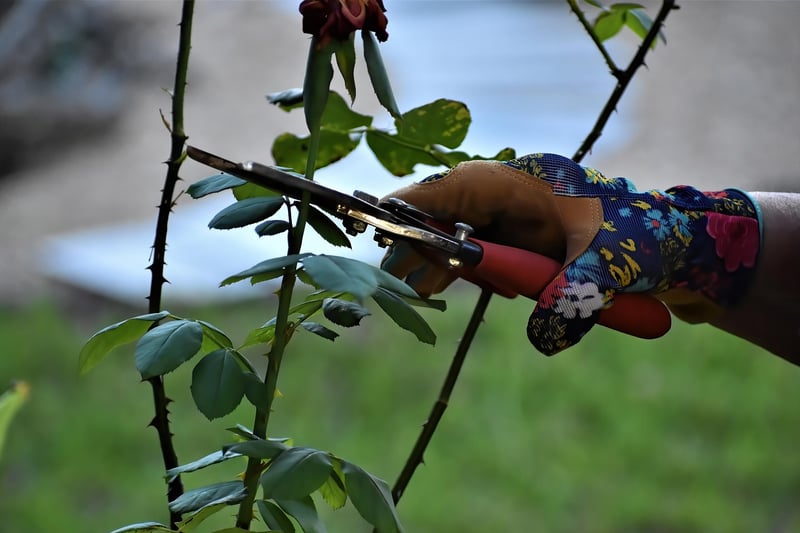Pruning Techniques
Keeping Your Vertical Garden Healthy: Pruning Techniques
Vertical gardens are a fantastic way to bring greenery into small spaces or add a unique touch to your home. To ensure your vertical garden stays healthy and vibrant, proper maintenance is key. One essential aspect of vertical garden care is pruning. Pruning helps promote growth, maintain shape, and prevent diseases. Here are some tips to keep your vertical garden flourishing through effective pruning techniques.
1. Regular Inspections
Make it a habit to inspect your vertical garden regularly. Look for any signs of overgrowth, wilting leaves, or pest infestations. Early detection allows you to address issues promptly before they escalate.
2. Prune Dead or Damaged Leaves
Dead or damaged leaves not only detract from the aesthetic appeal of your vertical garden but can also attract pests and diseases. Use sharp, clean scissors or pruning shears to trim away any unhealthy foliage. This encourages new growth and prevents the spread of problems.
3. Shape and Size Control
Pruning helps control the shape and size of your plants in the vertical garden. Trim back overgrown branches to maintain a neat appearance and prevent overcrowding. It also allows better airflow and light penetration, promoting overall plant health.
4. Stimulate Growth
Strategic pruning stimulates new growth in plants. By cutting back certain stems or branches, you encourage the plant to produce fresh shoots and foliage. This rejuvenates the plant and keeps it looking lush and vibrant.
5. Pruning Techniques
When pruning your vertical garden, remember these essential techniques:
- Pinching: Use your fingers to pinch off the tips of stems. This method is ideal for encouraging bushier growth in plants.
- Heading Back: Cut back a portion of a stem, just above a leaf node, to control height and promote branching.
- Thinning: Remove entire stems or branches at the base to reduce density and improve airflow within the plant.
- Deadheading: Remove spent flowers to redirect the plant's energy into producing new blooms.
6. Tools for Pruning
Invest in quality pruning tools such as scissors, pruning shears, or small clippers. Keep them clean and sharp to make precise cuts that promote quick healing and reduce the risk of plant damage or infections.
By incorporating these pruning techniques into your vertical garden maintenance routine, you can ensure that your green oasis remains healthy, vibrant, and visually appealing.

Remember, each plant species may have specific pruning requirements, so familiarize yourself with the needs of your vertical garden plants to tailor your pruning approach accordingly.
Happy pruning and happy gardening!
